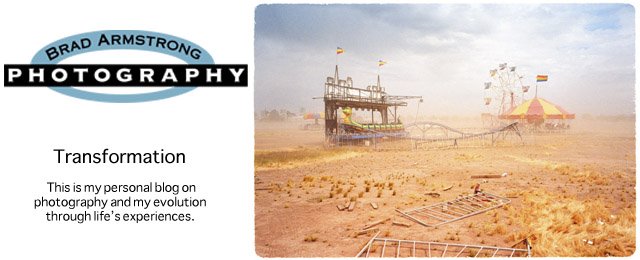
Click on the image for a larger version
Friday May 7, was the public opening of the 26 Blocks exhibit. http://www.26blocks.com/ I must say it was a great show and a superb turnout.
The After Hours Gallery opened at 6pm. The gallery was packed with people until Lorie and I left at 9:30pm. I would estimate 800 people walked through the doors to look at the work.
I have to apologize, I decided not to bring a camera. I new, I would be busy talking with friends and patrons viewing the work and I was right. In retrospect, I wish I had a picture of the show but I’m also glad I didn’t have to carry the camera all night.
I found the show extraordinary in that all 26 photographers and 26 writers interpreted their block in very different ways. As I said, in a previous post we had total creative liberty. Everyone took full advantage of that which made this project so interesting.
I would be remiss if I didn’t mention Rafael Navarro (sculture/Painter) http://www.26blocks.com/26-blocks/rafael-navarro/ He created 26 individual wooden blocks that in themselves were individually beautiful. His work added so much to the project. In a way it completed the project.
My contribution was a process that took about four weeks to finally developed into a final piece. We had block C. Writer Betty Webb http://www.bettywebb-mystery.com/ and I decided the Roosevelt Community Church http://www.rooseveltchurch.org/ would be our center of attention. I attended three Sunday service’s to get an impression of the building its surroundings and the people who attend.
My first attempt, at the 26blocks canvas ( 24“ X 36” ) was a colorful very graphic interpretation of the architectural elements of the church. I created a triptych that showed deep blue leaded glass from an exterior window. Also, from outside I had a swath of deep green grass and finally the dominate image was a huge chandelier photographed from directly underneath it. It was colorful, graphically powerful, but said nothing about the people who inhabit the space at this particular time.
I went back and a second time and continued to walk around and shoot. I had limited permission from an associate Pastor to photograph inside the church just before a service. At this time, I was unable to meet the Senior Pastor because he was out of town on personal business.
I didn’t want to create cliche pictures of people worshiping. You know the crying faces with hands up in the air shot. That’s a strong image but it’s all about the worshiping individual and not the place. I looked at the assignment more as documentarian respecting the space and the people equally. I tried to make a series that prioritized both.
My second attempt at the canvas was a diptych using a detail shot of a pipe organ and a young man handing out programs. Again it was cool, but it was dark, and it didn’t say much.
I decided to go the church in the middle of the week and introduce myself to Sr. Pastor Pierre. I explained the 26 blocks project and asked if I could make a portrait of him using an 8 X 10 inch view camera. He gracefully said yes, and we made an appointment to shoot the following Wednesday morning in the main sanctuary.
The shoot went very well and I new I had the content I needed to make what I felt was an important piece that fairly documented the people and the space.
My final canvas is a triptych. The dominate shot being a portrait of Pastor Vermon Pierre in the sanctuary. An exterior shot showing a local man passing by on his bicycle represented life outside the space. The third image is parishioners worshiping with the vintage chandelier also dominant in the frame. Again, reinforcing the importance of the space but also relative to the people occupying the space. Below the two images on the left side of the canvas, I added the word block C and below that the exact GPS coordinates of the space. So from an historical perspective there will never be any doubt were these images were made.
In review, the show revealed individual diversity and artistic interpretation of the individual blocks. A few photographers focused on people but the majority focused on the place. Many had blocks that had nothing on them. Just dirt! What do you do then? I felt lucky we had a visually rich block.
If you get a chance to go see the show please go the the 26blocks website. Find out were it is being exhibited currently. It will be at the After Hours Gallery until the end of May 2010. Visit the After Hours Gallery web site for more information. http://www.afterhoursgallery.com/, or the 26blocks website for future exhibit dates: http://www.26blocks.com.
